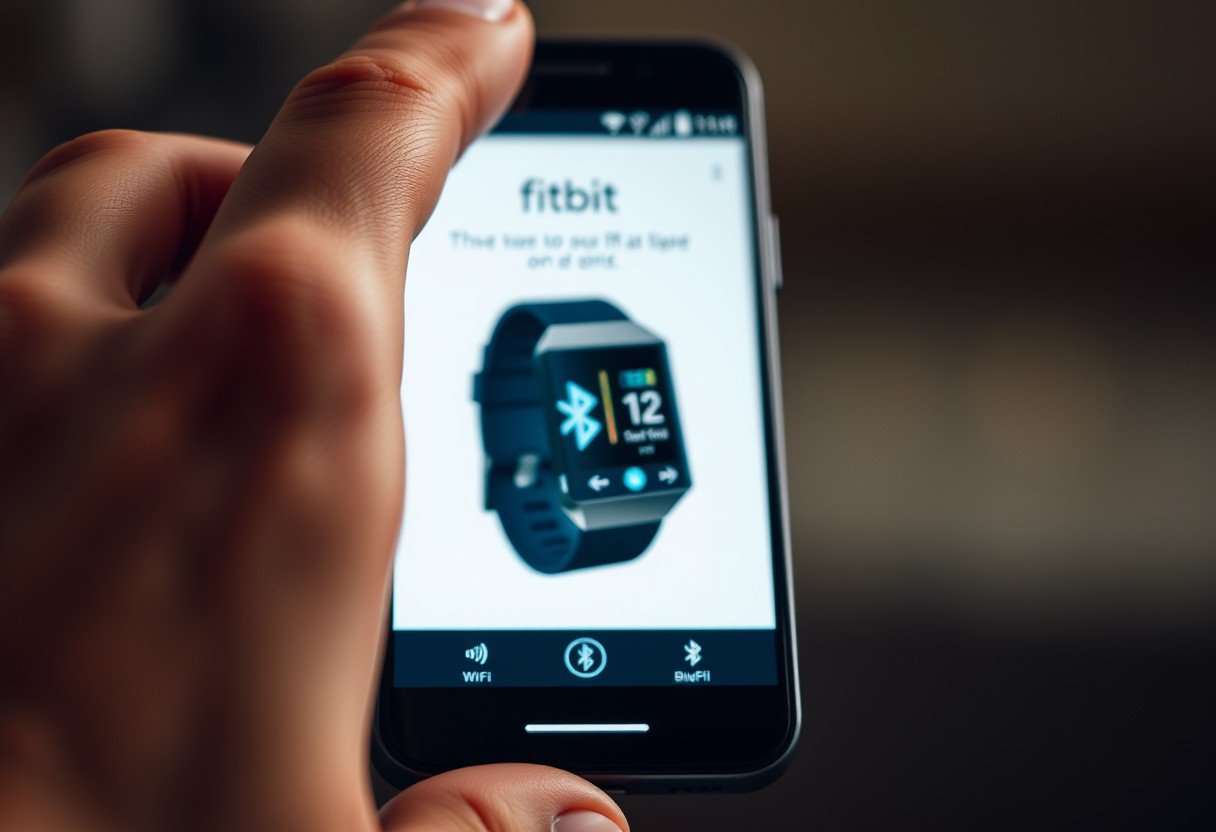Juggling classes, studying, and a social life in college is tough, and exercise often gets pushed aside. However, staying active is crucial for both your physical and mental well-being during this stressful time. Making time for fitness can boost your mood, improve focus, and help you manage stress effectively. Fortunately, you don’t need hours every day to reap these benefits.
Why Exercise is a Non-Negotiable for College Students
College life comes with unique pressures, from academic deadlines to new social dynamics. Integrating exercise into your routine is one of the most effective ways to manage this stress. When you exercise, your body releases endorphins, which are natural mood elevators that can combat feelings of anxiety and depression.
The benefits go beyond just feeling good. Studies have consistently shown that regular physical activity can improve cognitive function. This means better memory, sharper focus, and enhanced concentration during lectures and study sessions.
Making exercise a habit in college sets a foundation for a healthy lifestyle long after you graduate. It’s an investment in your long-term health that pays immediate dividends in your academic performance and overall quality of life.
Take Advantage of Your Campus Exercise Facilities
Most college campuses have incredible exercise facilities that are either free for students or available at a very low cost. These are amazing resources that you should absolutely use. You can typically find a wide range of equipment, from treadmills and ellipticals to free weights and resistance machines.
Many campus gyms also offer a variety of fitness classes like yoga, spinning, or Zumba. These classes are a fantastic way to get a structured workout without having to plan it yourself. They also provide a great opportunity to meet new people and try different types of exercise to see what you enjoy.
Don’t forget about other facilities like swimming pools, indoor running tracks, or basketball courts. Exploring what your campus offers can make your fitness journey more exciting and varied.
How to Fit Workouts into a Packed Schedule
The biggest hurdle for most students is finding the time. The key is to schedule your workouts just like you would a class or a study session. Look at your weekly calendar and block out specific times for exercise.
If you’re an early bird, waking up 30-45 minutes earlier can give you the perfect window for a morning run or a quick gym session. This can energize you for the day ahead. If you’re not a morning person, try exercising immediately after your last class. This prevents you from going back to your dorm and losing motivation.
Here is a sample schedule to show how you can fit it in:
| Day | Activity | Duration |
|---|---|---|
| Monday | Campus Gym (Cardio & Weights) | 45 Minutes |
| Tuesday | Brisk Walk or Jog Around Campus | 30 Minutes |
| Wednesday | Rest or Active Recovery (Stretching) | 20 Minutes |
| Thursday | Campus Fitness Class (e.g., Yoga) | 60 Minutes |
| Friday | Intramural Sports or Pickup Game | 60 Minutes |
| Saturday | Long Walk, Hike, or Bike Ride | 60+ Minutes |
| Sunday | Rest | – |
Consistency is more important than intensity, especially when you’re just starting out. Even a 20-minute workout is better than no workout at all.
Explore Affordable and Accessible Exercise Options
You don’t need a fancy gym membership or expensive equipment to stay active. One of the most accessible forms of exercise is running or jogging. Find a safe and scenic route near your campus and enjoy the fresh air while you get your heart rate up.
Biking is another excellent and affordable option. It’s a great way to get a workout while running errands or exploring the area around your college.
There are also many ways to exercise for free without leaving your dorm or apartment complex. You can find countless free workout videos online for everything from high-intensity interval training (HIIT) to dance cardio.
- Bodyweight Exercises: Push-ups, squats, lunges, and planks require no equipment and can be done anywhere.
- Stair Climbing: Skip the elevator and take the stairs in your dorm or academic buildings for a quick cardio boost.
- Walking: Intentionally walk to farther locations on campus instead of taking a shuttle.
These simple activities can add up and make a significant difference in your overall fitness level.
Make Exercise Social with Clubs and Intramural Sports
If you struggle with motivation, working out with others can be a game-changer. Joining an intramural sports team is a fun way to get regular exercise while engaging in some friendly competition. Most colleges offer a wide range of sports, from soccer and basketball to volleyball and ultimate frisbee.
You can also look for student clubs centered around physical activity, like a running club, hiking club, or dance group. This combines your social life with your fitness goals, making it feel less like a chore and more like a fun activity with friends.
Having a workout buddy can also keep you accountable. Plan to meet a friend at the gym or for a run. You’re much less likely to skip a workout when you know someone is counting on you to be there.
Frequently Asked Questions
How much exercise should a busy college student get?
Aim for about 150 minutes of moderate-intensity aerobic activity, like brisk walking or biking, or 75 minutes of vigorous activity, like running, each week. You can also add two or more days of muscle-strengthening activities.
What if I have zero motivation to exercise in college?
Start small with an activity you genuinely enjoy, like dancing, walking with a friend, or playing a sport. Having an accountability partner or joining a group fitness class can also provide the social support you need to stay motivated.
Are there effective workouts I can do in a small dorm room?
Absolutely. Bodyweight exercises such as squats, push-ups, planks, and crunches are very effective and require minimal space. You can also follow along with yoga, pilates, or HIIT workout videos online.
Is it better to exercise in the morning or at night?
The best time to exercise is whenever you can consistently fit it into your schedule. Morning workouts can boost your energy for the day, while evening workouts can be a great way to de-stress after classes. Experiment to see what works best for you.
How can I stay active if I don’t like traditional exercise?
Think outside the box. Activities like dancing, hiking, rock climbing, or even walking around a museum all count as physical activity. The goal is to move your body in a way that you find fun and sustainable.









Leave a Comment